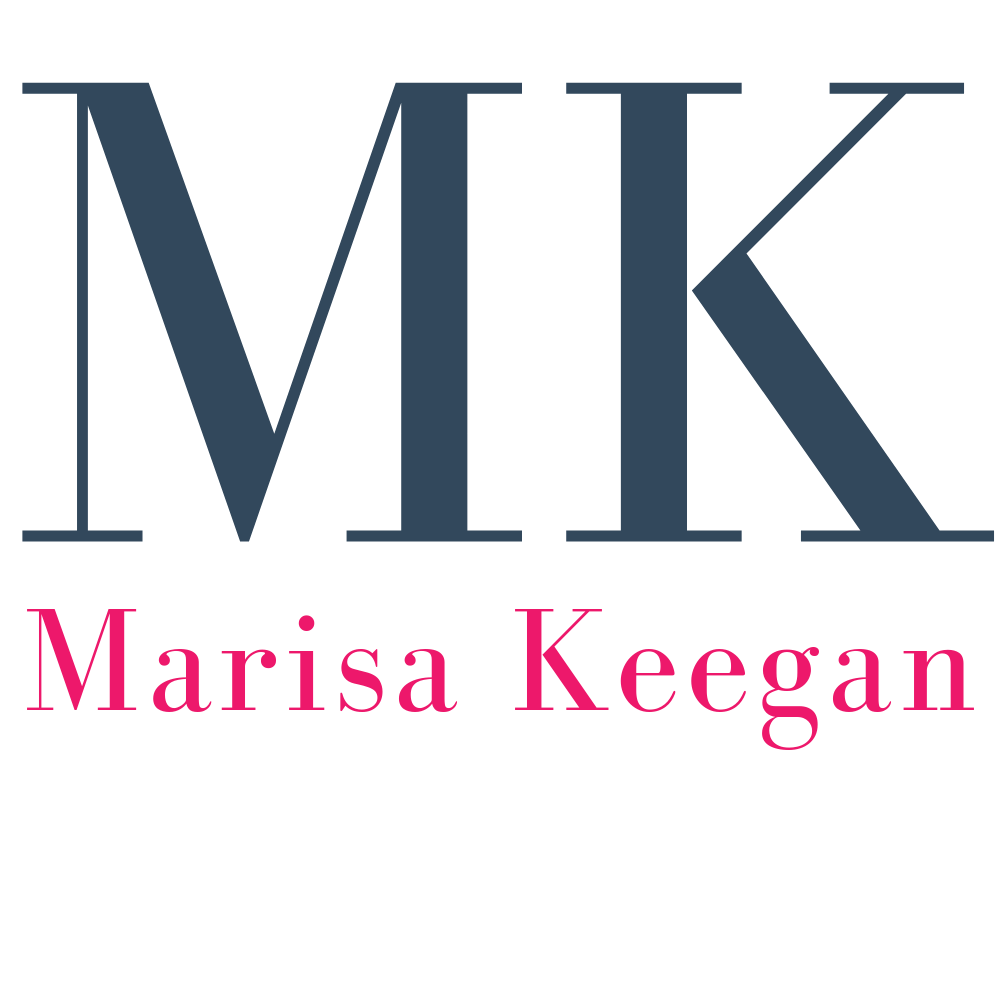On this episode, Master Negotiator Allan Tsang taps into over twenty years of negotiating expertise to help dig into the tricky subject of women and negotiating.
If you’ve ever felt like you’ve left money on the table, have been passed over for a big financial win because you’re waiting to be ‘seen’ or have failed to negotiate effectively for yourself, your business or your career, this is an episode you don’t want to miss.
Together, Allan and I tackle questions such as:
Do women tend to miss out on opportunities to negotiate because they believe their hard work will naturally be rewarded?
Are women weaker negotiators than men? If so, why?
What role does fear play in negotiation?
What are the biggest misperceptions when it comes to negotiating?
What are the top tips women need to know before entering into a negotiation?
For more information on Allan Tsang you can find him at 88Owls.com or on LinkedIn.



